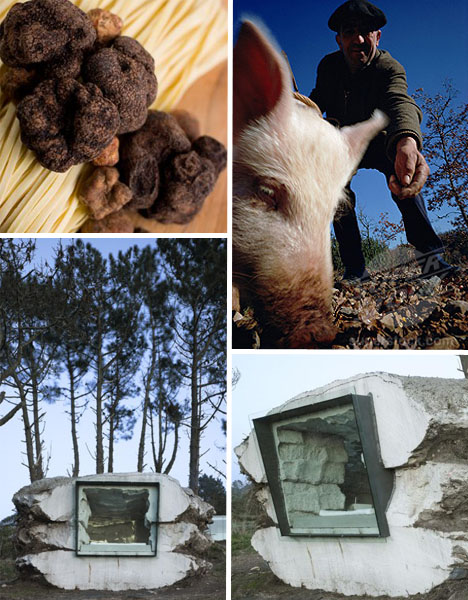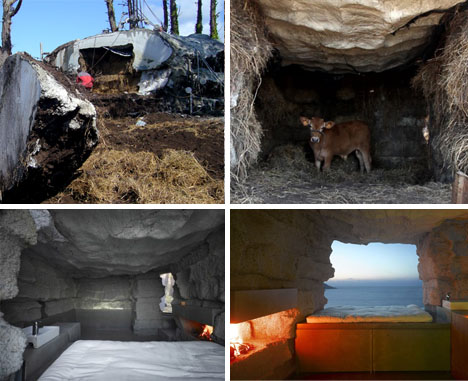Some people pay a pretty penny (actually, make that hundreds of dollars) for an ugly-duckling, gnarly, wart-covered fungus that must be expertly unearthed by canines and female pigs with an extraordinary sense of smell.
Highly regarded in culinary circles as the crème de la crème of pungent yet pleasingly palatable gourmet indulgences, black and white truffles are hardly easy on the eyes, but they enjoy the type of fawning that Hollywood stars and supermodels receive, which perhaps suggests that good looks aren’t all that and a bag of chips.
The emergence of this mycorrhizal is hardly a random occurrence, however. In order to come to fruition, truffle spores must be exposed to the following conditions:
- alkaline soil (often laden with limestone or chalk)
- tree roots (such as those of the poplar, hazelnut, beech and oak)
- humid environment

